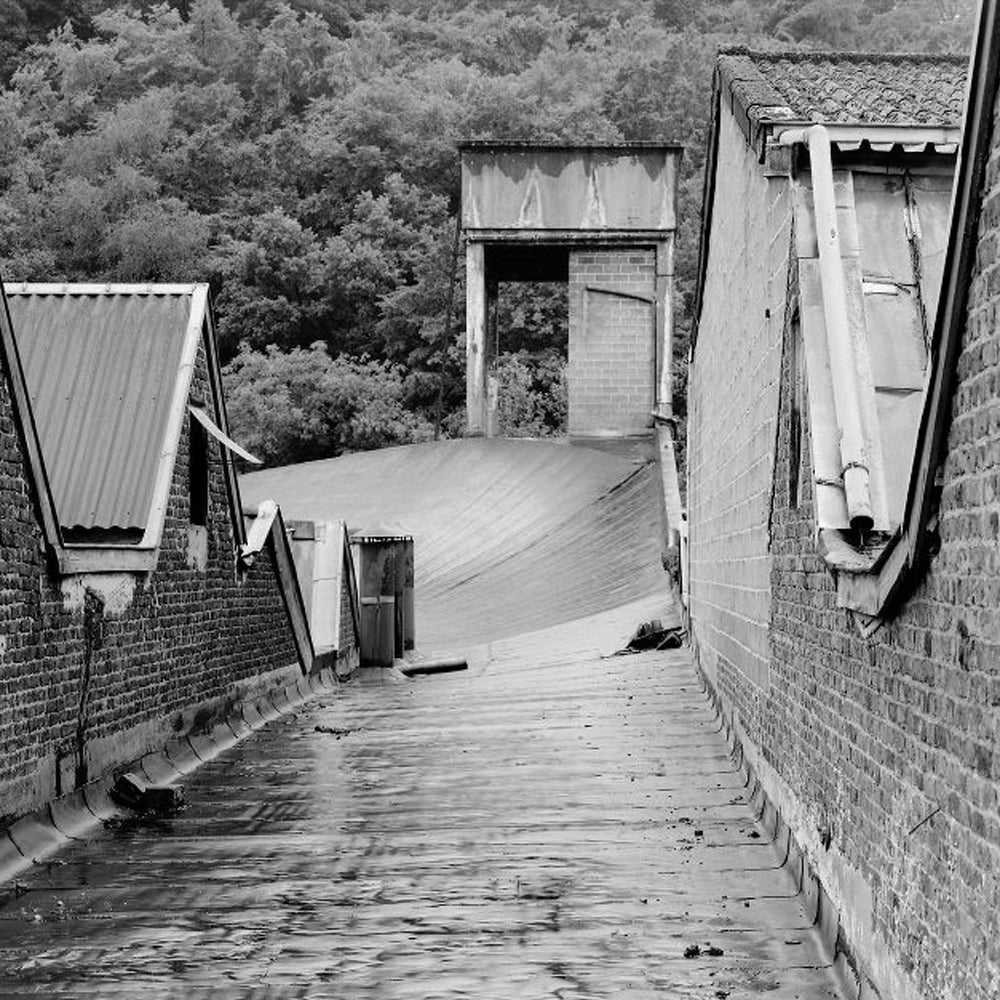Fiat’s imposing, brutalist masterpiece, Lingotto, wasn’t the only factory with a rooftop test track. Imperia, a long-dead Belgian make, also had a similar facility in Nessonvaux, about 16 kilometers southeast of Liege, predating Turin’s more famous version of the concept by several years.
Founded in 1907, Imperia soon found themselves outgrowing their original test track—the public roads around the factory ground. With residential neighbors’ complaints of reckless, loud, speeding cars an ever-increasing concern, and space limited by surrounding farmland and an adjacent river, the unusual decision to build a track on top of the factory was made—necessity, as they say, is the mother of invention.



Built partially on the local football team’s grounds, partially inside the factory’s walls, and most notably on top of and in between the factory buildings themselves, the approximately one kilometer longtrack was made of brick pavers with sectioned concrete banking for its southwest and north west bends, needed to allow the nearly 90 degree turns between the peaked rooftops of the huge assembly buildings it ran atop. These corners look pretty tame in photos, but they’re actually quite steep—it’d be very difficult to climb, let alone thread a primitive, speeding car through one. A causeway allowing public access to a nearby hill allowed people to sit and watch cars being flogged high above the surrounding greenery, making it a popular picnic spot.
Incidentally, the factory was originally built in 1900 or so for the manufacture of one of the world’s first hybrid gas/electric cars, the Pieper. After Henri Pieper’s death a few years later, it was taken over by Imperia, who at the time were building massive, expensive, luxury cars with gigantic four cylinders displacing up to 10 liters. Other Imperia innovations included the sale of some of Europe’s first mass-produced straight eights , OHC motors, four wheel brakes, and four valves per cylinder—the latter fitted to a racer with an engine suspiciously close to existing Bentley designs.
Ultimately, through a series of over-ambitious mergers and just plain bad luck, the factory’s prospects turned south, with the end of the line reached in 1957. A few years before closing, Alfa Romeo 1900 sedans were assembled in the plant as part of a licensing agreement. Though no specific records exist, it’s estimated less than 100 were made before the short-lived project’s end in 1954.
Today, the factory and portions of its test track still exist in varying degrees of disrepair, a hot spot for local urban exploration—I know I’d love to spend an afternoon there dodging rats, rust, and snapping photos, too.









Image Sources: autopuzzles.com, on-point.be, wikipedia.org, flickr.com, alfabb.com, flickr.com




















































